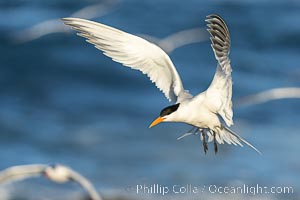
Royal Tern in flight, adult breeding plumage with black head cap, La Jolla.
Species: Royal tern, Sterna maxima, Thalasseus maximus
Location: La Jolla, California
Image ID: 38954
Species: Royal tern, Sterna maxima, Thalasseus maximus
Location: La Jolla, California
Image ID: 38954
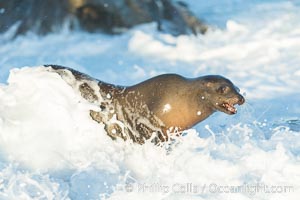
California sea lion in breaking wave and whitewater foam, La Jolla.
Species: California sea lion, Zalophus californianus
Location: La Jolla, California
Image ID: 34280
Species: California sea lion, Zalophus californianus
Location: La Jolla, California
Image ID: 34280
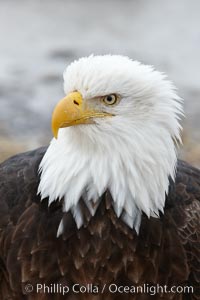
Bald eagle, closeup of head and shoulders showing distinctive white head feathers, yellow beak and brown body and wings.
Species: Bald eagle, Haliaeetus leucocephalus, Haliaeetus leucocephalus washingtoniensis
Location: Kachemak Bay, Homer, Alaska
Image ID: 22595
Species: Bald eagle, Haliaeetus leucocephalus, Haliaeetus leucocephalus washingtoniensis
Location: Kachemak Bay, Homer, Alaska
Image ID: 22595
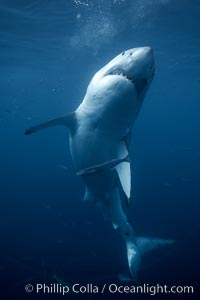
Great white shark, underwater.
Species: Great white shark, Carcharodon carcharias
Location: Guadalupe Island (Isla Guadalupe), Baja California, Mexico
Image ID: 21362
Species: Great white shark, Carcharodon carcharias
Location: Guadalupe Island (Isla Guadalupe), Baja California, Mexico
Image ID: 21362
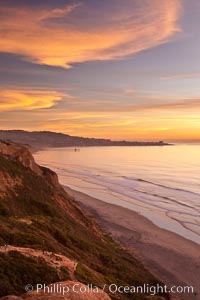
Sunset falls upon Torrey Pines State Reserve, viewed from the Torrey Pines glider port. La Jolla, Scripps Institution of Oceanography and Scripps Pier are seen in the distance.
Location: La Jolla, California
Image ID: 26436
Location: La Jolla, California
Image ID: 26436
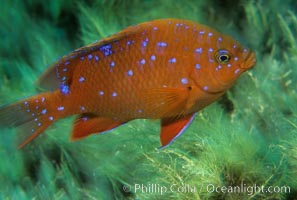
Juvenile garibaldi in motion.
Species: Garibaldi, Hypsypops rubicundus
Location: Catalina Island, California
Image ID: 02343
Species: Garibaldi, Hypsypops rubicundus
Location: Catalina Island, California
Image ID: 02343
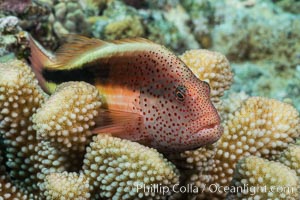
Freckled Hawkfish (Black-sided Hawkfish), Paracirrhites forsteri, Fiji.
Species: Blackside hawkfish, Paracirrhites forsteri
Location: Makogai Island, Lomaiviti Archipelago, Fiji
Image ID: 31347
Species: Blackside hawkfish, Paracirrhites forsteri
Location: Makogai Island, Lomaiviti Archipelago, Fiji
Image ID: 31347
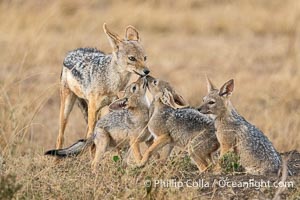
Hungry Black-Backed Jackal Kits Greet Adult at the Den, Greater Masai Mara, Kenya.
Species: Black-backed jackal, Canis mesomelas
Location: Mara North Conservancy, Kenya
Image ID: 39721
Species: Black-backed jackal, Canis mesomelas
Location: Mara North Conservancy, Kenya
Image ID: 39721
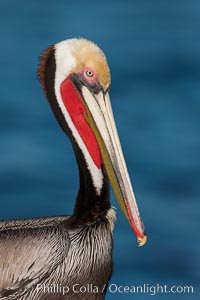
California brown pelican, showing characteristic winter plumage including red/olive throat, brown hindneck, yellow and white head colors.
Species: Brown Pelican, Pelecanus occidentalis, Pelecanus occidentalis californicus
Location: La Jolla, California
Image ID: 26463
Species: Brown Pelican, Pelecanus occidentalis, Pelecanus occidentalis californicus
Location: La Jolla, California
Image ID: 26463
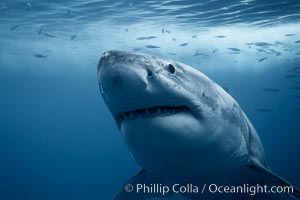
Great white shark, underwater.
Species: Great white shark, Carcharodon carcharias
Location: Guadalupe Island (Isla Guadalupe), Baja California, Mexico
Image ID: 21360
Species: Great white shark, Carcharodon carcharias
Location: Guadalupe Island (Isla Guadalupe), Baja California, Mexico
Image ID: 21360
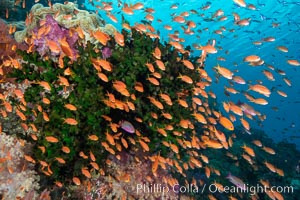
Anthias fish school around green fan coral, Fiji.
Species: Anthias, Pseudanthias
Location: Fiji
Image ID: 34806
Species: Anthias, Pseudanthias
Location: Fiji
Image ID: 34806
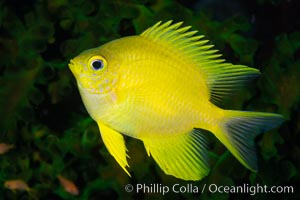
Golden Damselfish, Fiji.
Species: Golden damselfish, Amblyglyphidodon aureus
Location: Fiji
Image ID: 34809
Species: Golden damselfish, Amblyglyphidodon aureus
Location: Fiji
Image ID: 34809
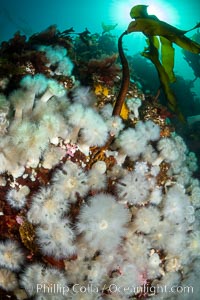
White metridium anemones fed by strong ocean currents, cover a cold water reef teeming with invertebrate life. Browning Pass, Vancouver Island.
Species: Plumose anemone, Metridium senile
Location: British Columbia, Canada
Image ID: 35333
Species: Plumose anemone, Metridium senile
Location: British Columbia, Canada
Image ID: 35333
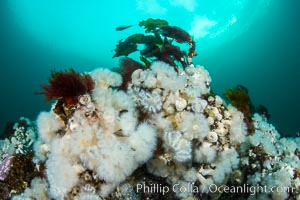
White metridium anemones fed by strong ocean currents, cover a cold water reef teeming with invertebrate life. Browning Pass, Vancouver Island.
Species: Plumose anemone, Metridium senile
Location: British Columbia, Canada
Image ID: 35347
Species: Plumose anemone, Metridium senile
Location: British Columbia, Canada
Image ID: 35347
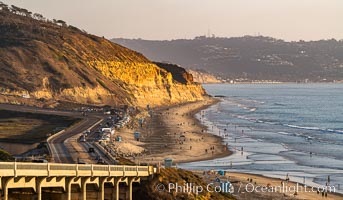
Torrey Pines State Beach at Sunset, La Jolla, Mount Soledad and Blacks Beach in the distance.
Location: Torrey Pines State Reserve, San Diego, California
Image ID: 35846
Location: Torrey Pines State Reserve, San Diego, California
Image ID: 35846
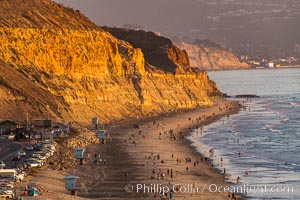
Torrey Pines State Beach at Sunset, La Jolla, Mount Soledad and Blacks Beach in the distance.
Location: Torrey Pines State Reserve, San Diego, California
Image ID: 35848
Location: Torrey Pines State Reserve, San Diego, California
Image ID: 35848
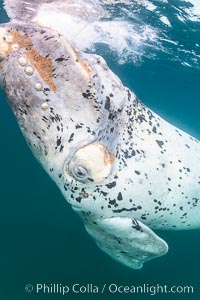
White southern right whale calf underwater, Eubalaena australis, Argentina.
Species: Southern right whale, Eubalaena australis
Location: Puerto Piramides, Chubut, Argentina
Image ID: 35952
Species: Southern right whale, Eubalaena australis
Location: Puerto Piramides, Chubut, Argentina
Image ID: 35952
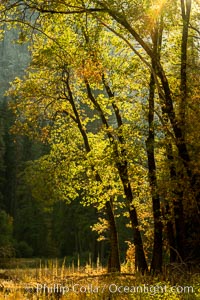
Black oaks in autumn in Yosemite National Park, fall colors, Quercus kelloggii.
Species: Black oak, Quercus kelloggii
Location: Yosemite National Park, California
Image ID: 36460
Species: Black oak, Quercus kelloggii
Location: Yosemite National Park, California
Image ID: 36460
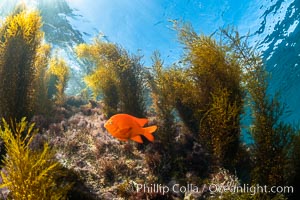
Garibaldi and Marine Algae, Coronado Islands, Mexico.
Location: Coronado Islands (Islas Coronado), Baja California, Mexico
Image ID: 36468
Location: Coronado Islands (Islas Coronado), Baja California, Mexico
Image ID: 36468
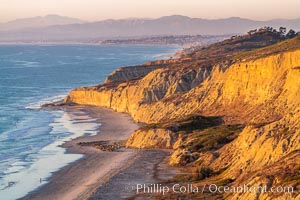
Torrey Pines sea cliffs at sunset, Flat Rock at low tide, looking north.
Location: Blacks Beach, La Jolla, California
Image ID: 36556
Location: Blacks Beach, La Jolla, California
Image ID: 36556
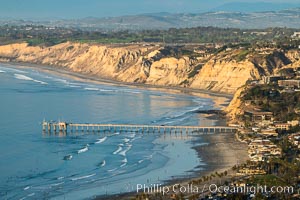
La Jolla Shores Coastline and Scripps Pier, Blacks Beach and Torrey Pines Golf Course and State Reserve, aerial photo, sunset. The Gold Coast of La Jolla basks in the warm waning light of a winter afternoon.
Location: La Jolla, California
Image ID: 36669
Location: La Jolla, California
Image ID: 36669
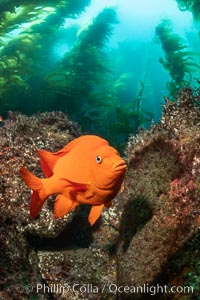
Garibaldi maintains a patch of algae (just in front of the fish) to entice a female to lay a clutch of eggs.
Image ID: 37144
Image ID: 37144
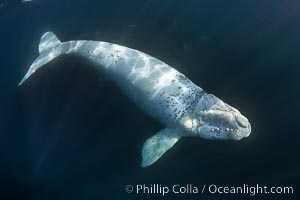
White southern right whale calf underwater, Eubalaena australis. About five per cent of southern right whales are born white due to a condition known as grey morphism and will gradually turn dark as they age. They are not albino (which is a complete lack of pigmentation). Sometimes referred to as "brindled", the white coloration is a recessive genetic trait and only lasts a few months. Typically, but not always, white calves will become much darker as they mature but will still be somewhat lighter than normal even as adults.
Species: Southern Right Whale, Eubalaena australis
Location: Puerto Piramides, Chubut, Argentina
Image ID: 38276
Species: Southern Right Whale, Eubalaena australis
Location: Puerto Piramides, Chubut, Argentina
Image ID: 38276
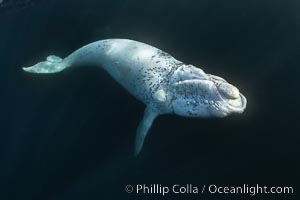
White southern right whale calf underwater, Eubalaena australis. About five per cent of southern right whales are born white due to a condition known as grey morphism and will gradually turn dark as they age. They are not albino (which is a complete lack of pigmentation). Sometimes referred to as "brindled", the white coloration is a recessive genetic trait and only lasts a few months. Typically, but not always, white calves will become much darker as they mature but will still be somewhat lighter than normal even as adults.
Species: Southern Right Whale, Eubalaena australis
Location: Puerto Piramides, Chubut, Argentina
Image ID: 38277
Species: Southern Right Whale, Eubalaena australis
Location: Puerto Piramides, Chubut, Argentina
Image ID: 38277
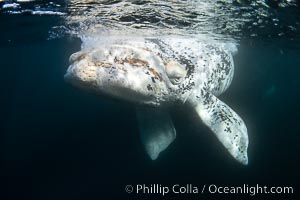
White southern right whale calf underwater, Eubalaena australis. About five per cent of southern right whales are born white due to a condition known as grey morphism and will gradually turn dark as they age. They are not albino (which is a complete lack of pigmentation). Sometimes referred to as "brindled", the white coloration is a recessive genetic trait and only lasts a few months. Typically, but not always, white calves will become much darker as they mature but will still be somewhat lighter than normal even as adults.
Species: Southern Right Whale, Eubalaena australis
Location: Puerto Piramides, Chubut, Argentina
Image ID: 38278
Species: Southern Right Whale, Eubalaena australis
Location: Puerto Piramides, Chubut, Argentina
Image ID: 38278
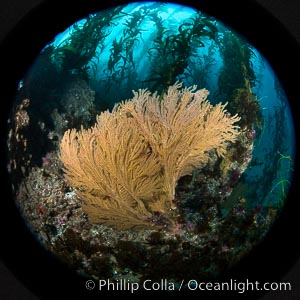
Garibaldi and California golden gorgonian on underwater rocky reef, San Clemente Island. The golden gorgonian is a filter-feeding temperate colonial species that lives on the rocky bottom at depths between 50 to 200 feet deep. Each individual polyp is a distinct animal, together they secrete calcium that forms the structure of the colony. Gorgonians are oriented at right angles to prevailing water currents to capture plankton drifting by.
Species: California golden gorgonian, Giant kelp, Muricea californica, Macrocystis pyrifera
Location: San Clemente Island, California
Image ID: 38501
Species: California golden gorgonian, Giant kelp, Muricea californica, Macrocystis pyrifera
Location: San Clemente Island, California
Image ID: 38501
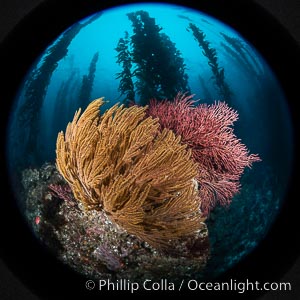
Garibaldi and California golden gorgonian on underwater rocky reef, San Clemente Island. The golden gorgonian is a filter-feeding temperate colonial species that lives on the rocky bottom at depths between 50 to 200 feet deep. Each individual polyp is a distinct animal, together they secrete calcium that forms the structure of the colony. Gorgonians are oriented at right angles to prevailing water currents to capture plankton drifting by.
Species: California golden gorgonian, Giant kelp, Muricea californica, Macrocystis pyrifera
Location: San Clemente Island, California
Image ID: 38504
Species: California golden gorgonian, Giant kelp, Muricea californica, Macrocystis pyrifera
Location: San Clemente Island, California
Image ID: 38504
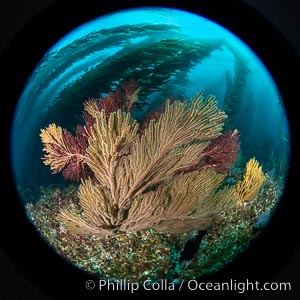
Garibaldi and California golden gorgonian on underwater rocky reef, San Clemente Island. The golden gorgonian is a filter-feeding temperate colonial species that lives on the rocky bottom at depths between 50 to 200 feet deep. Each individual polyp is a distinct animal, together they secrete calcium that forms the structure of the colony. Gorgonians are oriented at right angles to prevailing water currents to capture plankton drifting by.
Species: California golden gorgonian, Giant kelp, Muricea californica, Macrocystis pyrifera
Location: San Clemente Island, California
Image ID: 38509
Species: California golden gorgonian, Giant kelp, Muricea californica, Macrocystis pyrifera
Location: San Clemente Island, California
Image ID: 38509
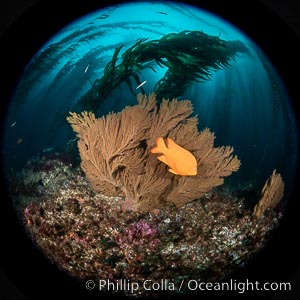
Garibaldi and California golden gorgonian on underwater rocky reef, San Clemente Island. The golden gorgonian is a filter-feeding temperate colonial species that lives on the rocky bottom at depths between 50 to 200 feet deep. Each individual polyp is a distinct animal, together they secrete calcium that forms the structure of the colony. Gorgonians are oriented at right angles to prevailing water currents to capture plankton drifting by.
Species: California golden gorgonian, Giant kelp, Garibaldi, Muricea californica, Macrocystis pyrifera, Hypsypops rubicundus
Location: San Clemente Island, California
Image ID: 38510
Species: California golden gorgonian, Giant kelp, Garibaldi, Muricea californica, Macrocystis pyrifera, Hypsypops rubicundus
Location: San Clemente Island, California
Image ID: 38510
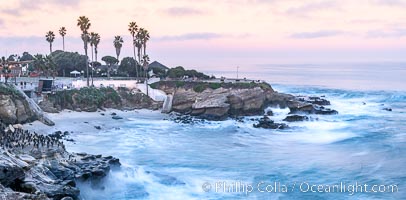
La Jolla Cove and Point La Jolla at Dawn, waves blur into abstract white, pre-sunrise soft light.
Location: La Jolla, California
Image ID: 38916
Panorama dimensions: 5384 x 10917
Location: La Jolla, California
Image ID: 38916
Panorama dimensions: 5384 x 10917